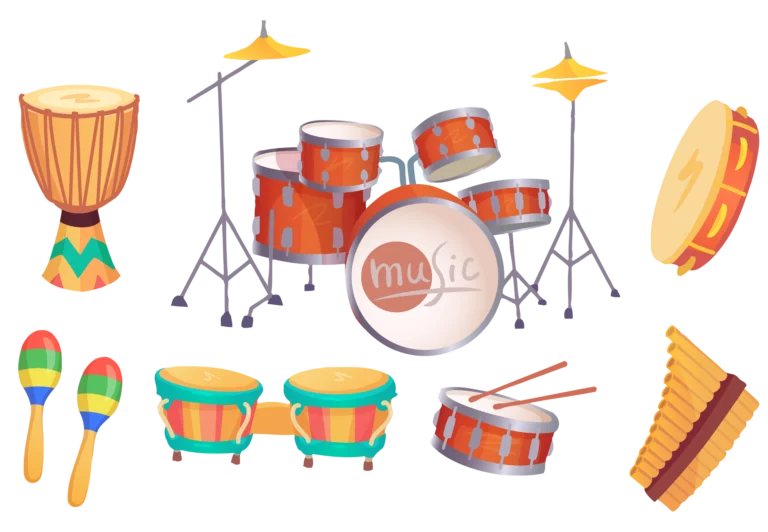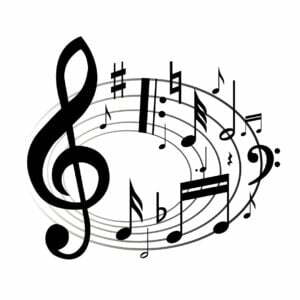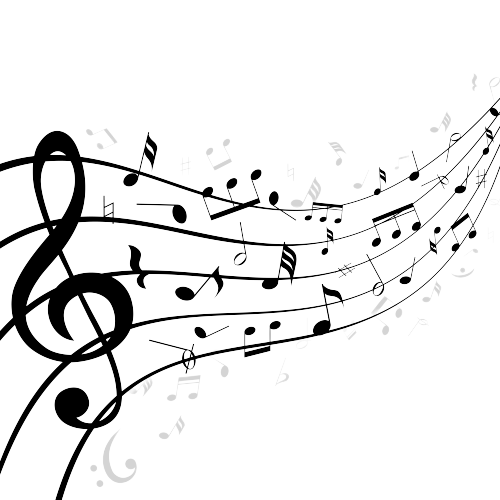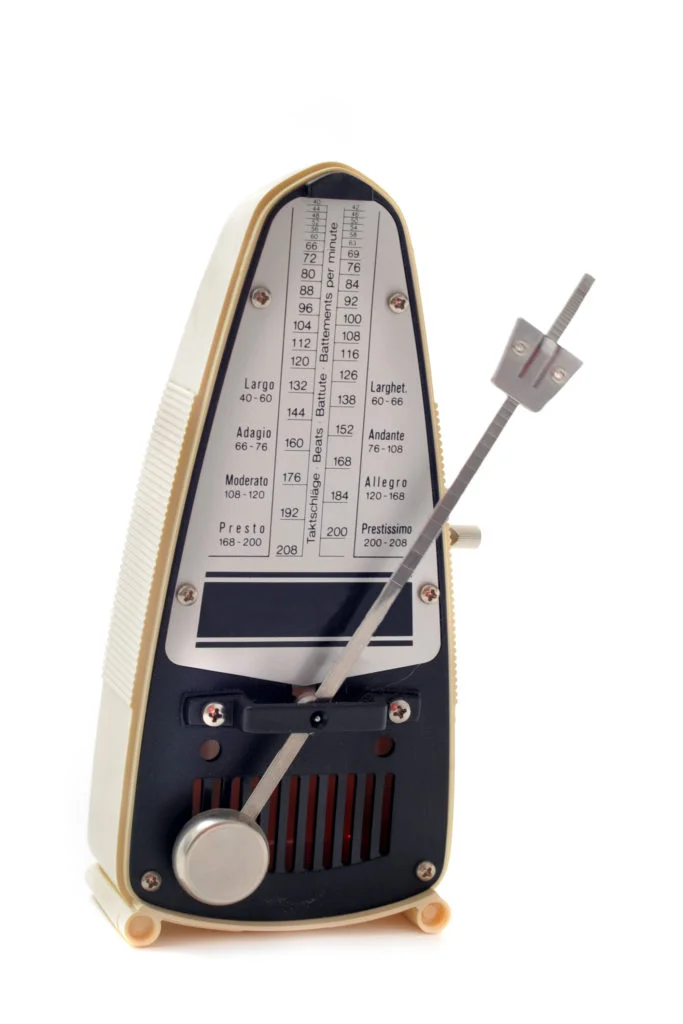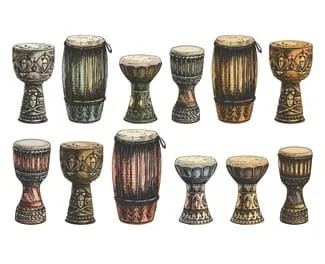Cajon is a percussion instrument which provides a catchy beat to any musical performance. It looks like a box or a drawer. The musician makes sound by beating the box-like instrument to provide the sound of beats. Cajon is used to play a particular song or can also be a perfect instrument in rap music. This can be traced back from Peru and is common in Afro-Peruvian music in contemporary times.
This musical instrument has now become popular and has also made its way in the art of flamenco. The Cajon has six sides. Five sides are made of wood while the sixth side is made up of plywood. The musician beats only plywood side to produce music.
Cajon Instrument – Origin
The word Cajon has been derived from Spain where it means a drawer or a box or a crate. Although a very simple concept yet its uniqueness and sound as a percussion instrument has made it an instrument which has acquired global acceptance.
This musical instrument has emerged from the Afro-Peruvian culture. This was previously played by the slaves of western and central Africa and originated in the late 16th century. In the present times, this musical instrument is not only limited to its place of origin but has spread its influence in various parts of America as well as Spain.
It is now used in various musical performances as well as band musical concerts as a percussion instrument to provide some very appealing beats.
The popularity of the instrument reached its peak in and around the year 1850 whereby various modifications and experimentations also started to improve the vibrations in this specific instrument.
Cajon Design
Cajon is an instrument which has several striking zones. Each of the different areas has different sounds which are produced. As one goes to the middle of this percussion instrument the pitch of the Cajon lowers and produces a sound like a thump or a drum beat. Towards the sides of this instrument, there is more high-pitched sound.
There are also different forms and styles in which music is created from this instrument. This includes scraping, scratching, beating, playing with sticks and also open and muted hitting on this instrument for producing sounds.

Evolution of Cajon Instrument
This instrument went through a lot of changes over years to make its musical effects better and effective. The front sheets were made thinner while a hole was incorporated on the back to bring out better sounds and beats become more effective.
This instrument was further developed when the culture of Afro Peruvian Cajon met with the Flamenco art and strings were added to this instrument to give it wider musical multitude. This newer form of Cajon came to be known as the snare Cajon in contemporary times.
Electronic Cajon
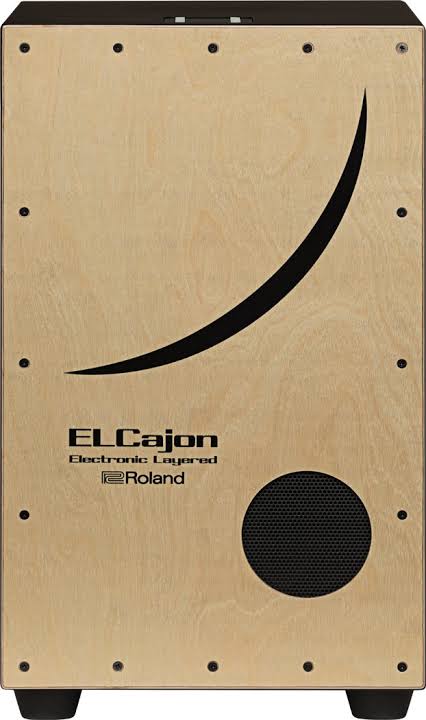
This is a unique combination which has been infused by Roland in which this musical instrument has been renovated with electronic areas over the upper portion of the instrument in a crescent form. This gave this instrument a new form which can even work as an instrument like the tambourine. This fusion form of Cajon can make a wide range of 30 kinds of musical instrument sounds.
This also has the speaker inside the box to give an electronic sound from the instrument. After having six batteries in, it becomes an instrument which can be played anywhere including street performances.
Use of Cajon Instrument in contemporary music
Cajon has started to get used in folk music, traditional, pop, Latin, rock and so on. According to various famous musicians, this instrument has become an absolute necessity in today’s music. It is an instrument which can also be substituted for a various complex instrument like drum sets and is used in giving rhythm with just a single rectangular box. This has also been renovated in many ways and it gives a stabilising effect to the music by providing various mix-ups along with other musical instruments.
Cajon sizes and constructions
Cajon can be available and are usually found in 2 main sizes. They are
- Traditional Cajons: 12-inches (30cm) Wide x 18-inches (45cm) High x 12-inches (30cm) Deep
- Bass Cajons: 20-inches (50cm) Wide x 19-inches (47.5cm) High x 12-inches (30cm) Deep
The traditional Cajons are till now self-made by many musicians. Cajons can be made using different materials. Making Cajon can be generalized into making from basically woods and plywood. The woods often chosen to provide proper sounds are birch or beech. A hole is also made on this instrument to help the air to escape which helps in providing more effective sounds from the instrument.
Notable Cajon Players
- The Balfa Brothers are famous Cajon players from America.
- Vin Bruce is also a notable Cajon Player and also considered the first amongst the Cajon players.
- Barry Jean Ancelet
Summary
The Cajon instrument has a varied amount of versatility in producing a wide range of music as well as beats. It has catchy sound and is a very simple yet effective instrument where setting up or connecting it to electricity to produce sound is not involved. It is not only used in music concerts but is also very useful in small parties while dancing or producing various lively musical tones. This music was also played with ballads in France and was also one of the significant music in Louisiana.
This Cajon instrument has taken the whole world with its amazing sound and the musical tones and its modern renovations which have been created from a simple box like instrument.
Share with your friends
